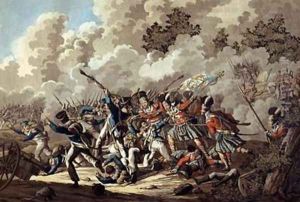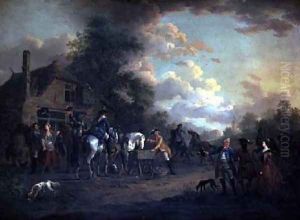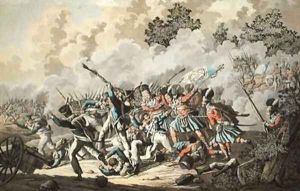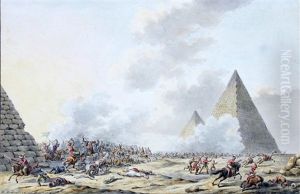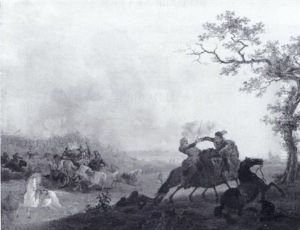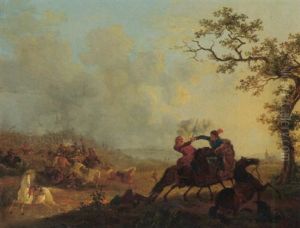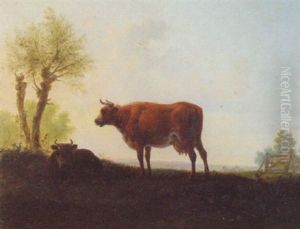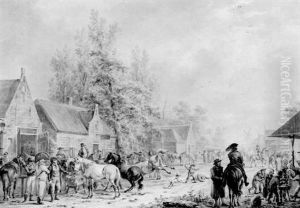Jan Anthonie Langendyk Paintings
Jan Anthonie Langendyk was a notable Dutch artist, born in 1780 in the Netherlands. His life spanned the turbulent years that saw the transition from the 18th to the 19th century, a period that was marked by significant political and social changes across Europe. Langendyk's body of work primarily reflects the Dutch artistic traditions of his time, characterized by a keen attention to detail, a profound appreciation for the natural world, and a delicate handling of light and shadow, features that were emblematic of the Dutch Golden Age of painting, though he lived well after this period had ended.
Langendyk's artistic journey began at a young age, influenced by the rich artistic heritage of his homeland. The Netherlands had produced some of the most renowned artists in history, such as Rembrandt and Vermeer, whose works undoubtedly inspired Langendyk. Despite the lack of extensive documentation on his early life and training, it is clear that Langendyk dedicated himself to mastering the craft of painting, focusing on landscapes and still lifes, which were popular subjects among Dutch artists.
Throughout his relatively short career, Langendyk contributed to the Dutch art scene with his meticulous paintings. His landscapes often captured the serene beauty of the Dutch countryside, featuring rolling hills, tranquil bodies of water, and picturesque rural dwellings. These works not only showcased his technical skill but also reflected his personal admiration for nature. In addition to landscapes, Langendyk's still lifes displayed an extraordinary ability to render textures and surfaces with realism, from the delicate petals of flowers to the intricate patterns of fabrics.
Jan Anthonie Langendyk's life was cut short when he passed away in 1818, at the age of 38. Although he did not live to see the full extent of his potential, his contributions to Dutch art have not been forgotten. His works continue to be appreciated for their beauty and craftsmanship, offering insights into the artistic traditions and cultural values of his time. Langendyk remains a figure of interest for art historians and enthusiasts who seek to understand the evolution of Dutch painting beyond the Golden Age, into the more modern sensibilities of the 19th century.
